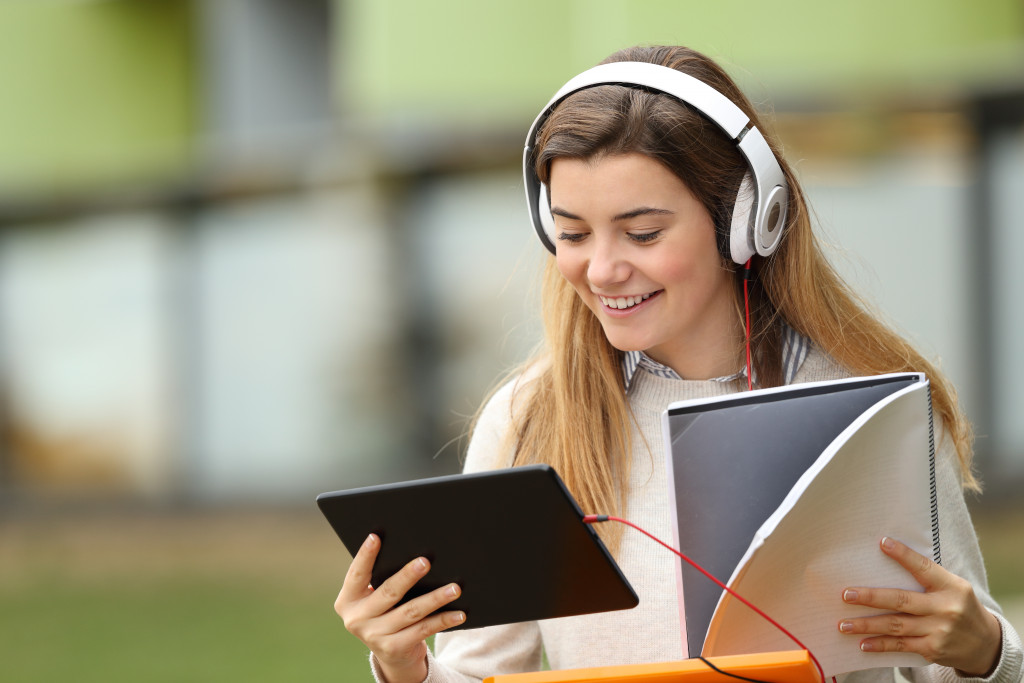There’s no denying that underserved communities get affected by world crises in exponential ways—much more and worse than middle-class and privileged communities. The gap in wealth and access to resources makes it challenging, if not impossible, for members of underserved communities to navigate pandemics and economic downturns in ways that keep them physically, emotionally, and mentally healthy.
While we need to address their basic and felt needs, like food, shelter, and healthcare, art and music education can benefit them in surprising ways. Here are some of those benefits and how non-profits across America are using art and music education to reach the underserved community members.
Art and music can help underserved children learn how to communicate.
Although peripheral to our basic needs as a society, art and music are an integral part of the human experience. Imagine a world without it—we’re basically just shelves of our true selves, just functioning and surviving, but not truly living.
Evidence also shows that art and music can help kids develop healthily in their relational and communication skills. A study by the Brookings Institution found that schools that offered arts educational experiences positively impacted their students’ emotional, social, and academic outcomes. Those schools also experienced a decrease in disciplinary infractions, improved standardized writing scores, and enhanced compassion for others. So if you’re working with troubled kids who tend to get in trouble or have a propensity for acting out and even violence, art and music education might be a good supplement to whatever therapies they receive from your organization.
Art and music can help them deal with trauma.
While art and music alone cannot take the place of therapy and a medical treatment plan, they can be beneficial for members of underserved communities who suffer from post-traumatic stress disorder (PTSD), anxiety, depression, and other mood disorders. Members of the LGBTQIA+ community, homeless kids, victims of trafficking and abuse, and other trauma-laden people will benefit greatly from art and music therapy. This is because art and music can help people living with PTSD identify healthy coping mechanisms and inherent strengths to start their journey towards recovery and healing. These patients often use symbols and drawings to express their trauma without discussing it, and playing instruments and creating art can go a long way in helping them ground themselves to reality and feel safe.

One example of this is the Air Force Association (AFA), which uses art therapy to support wounded veteran heroes and their families. Last year, they organized virtual events in response to the cancellation of all of their in-person events.
However, it is important to note that art therapy is a real sub-category of therapy and some trauma-informed experts know how to implement it better. Partner with someone who has a license to do so to ensure that your non-profit does no damage to the people you’re out to help.
Art and music can help add meaning to their lives.
American rapper and journalist Sway Calloway and his family were on public assistance when he was growing up. Still, music education opened doors for him and made him realize he could get out of his situation. This is why he teamed up with VH1 Save the Music Foundation to bring more music programs to underserved and lower-income schools. They help bring marching bands and orchestras to underserved communities, and in turn, it helps the schools improve their graduation rates and decrease absenteeism and truancy. Calloway says that their students found a sense of peace through learning an instrument and helps ground them and quiet their world whenever their homes get a bit too chaotic. The music education also helped the kids find reasons to thrive even when they don’t always feel like they have opportunities to get out.
More Than Just Music and Art
During a time like COVID-19, art and music can go a long way in helping people find a semblance of normalcy and joy. The simple act of taking a piano lesson might help boost one’s vitality and zest for life at a time when we’re surrounded by so much darkness, despair, and death. The same goes for the members of underserved communities—especially since, for many of them, art and music education is a privilege they can’t afford.
So if you have a knack for creating art or playing musical instruments, consider reaching out to non-profits in your community to ask how you can help. You never know; you might end up figuratively and literally saving a life.
